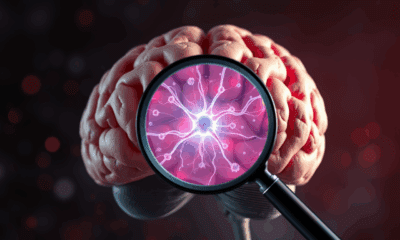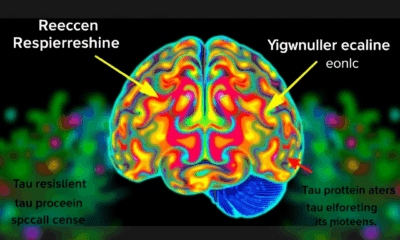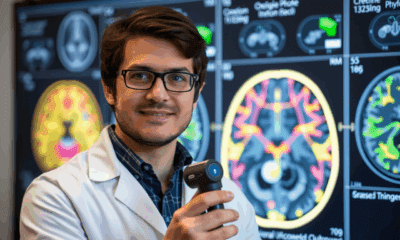While we try to keep things accurate, this content is part of an ongoing experiment and may not always be reliable.
Please double-check important details — we’re not responsible for how the information is used.
Child Psychology
The Unequal Playing Field: How Family Background Shapes Athletic Success
Americans have long believed that sports are one area in society that offers kids from all backgrounds the chance to succeed to the best of their abilities. But new research suggests that this belief is largely a myth, and that success in high school and college athletics often is influenced by race and gender, as well as socioeconomic status, including family wealth and education.

Artificial Intelligence
Safeguarding Adolescents in a Digital Age: Experts Urge Developers to Protect Young Users from AI Risks
The effects of artificial intelligence on adolescents are nuanced and complex, according to a new report that calls on developers to prioritize features that protect young people from exploitation, manipulation and the erosion of real-world relationships.
Breastfeeding
Singing to Babies Boosts Their Mood and Improves Quality of Life
Singing to your infant can significantly boost the baby’s mood, according to a recent study. Around the world and across cultures, singing to babies seems to come instinctively to caregivers. Now, new findings support that singing is an easy, safe, and free way to help improve the mental well-being of infants. Because improved mood in infancy is associated with a greater quality of life for both parents and babies, this in turn has benefits for the health of the entire family, the researchers say. The study also helps explain why musical behaviors may have evolved in parents.
Child Development
The Power of Motherly Love: How Childhood Affection Shapes Teen Health
Parental warmth and affection in early childhood can have life-long physical and mental health benefits for children, and new research points to an important underlying process: children’s sense of social safety.
-

 Detectors3 months ago
Detectors3 months agoA New Horizon for Vision: How Gold Nanoparticles May Restore People’s Sight
-

 Earth & Climate4 months ago
Earth & Climate4 months agoRetiring Abroad Can Be Lonely Business
-

 Cancer4 months ago
Cancer4 months agoRevolutionizing Quantum Communication: Direct Connections Between Multiple Processors
-

 Agriculture and Food4 months ago
Agriculture and Food4 months ago“A Sustainable Solution: Researchers Create Hybrid Cheese with 25% Pea Protein”
-

 Diseases and Conditions4 months ago
Diseases and Conditions4 months agoReducing Falls Among Elderly Women with Polypharmacy through Exercise Intervention
-

 Chemistry3 months ago
Chemistry3 months ago“Unveiling Hidden Patterns: A New Twist on Interference Phenomena”
-

 Albert Einstein4 months ago
Albert Einstein4 months agoHarnessing Water Waves: A Breakthrough in Controlling Floating Objects
-

 Earth & Climate4 months ago
Earth & Climate4 months agoHousehold Electricity Three Times More Expensive Than Upcoming ‘Eco-Friendly’ Aviation E-Fuels, Study Reveals





























